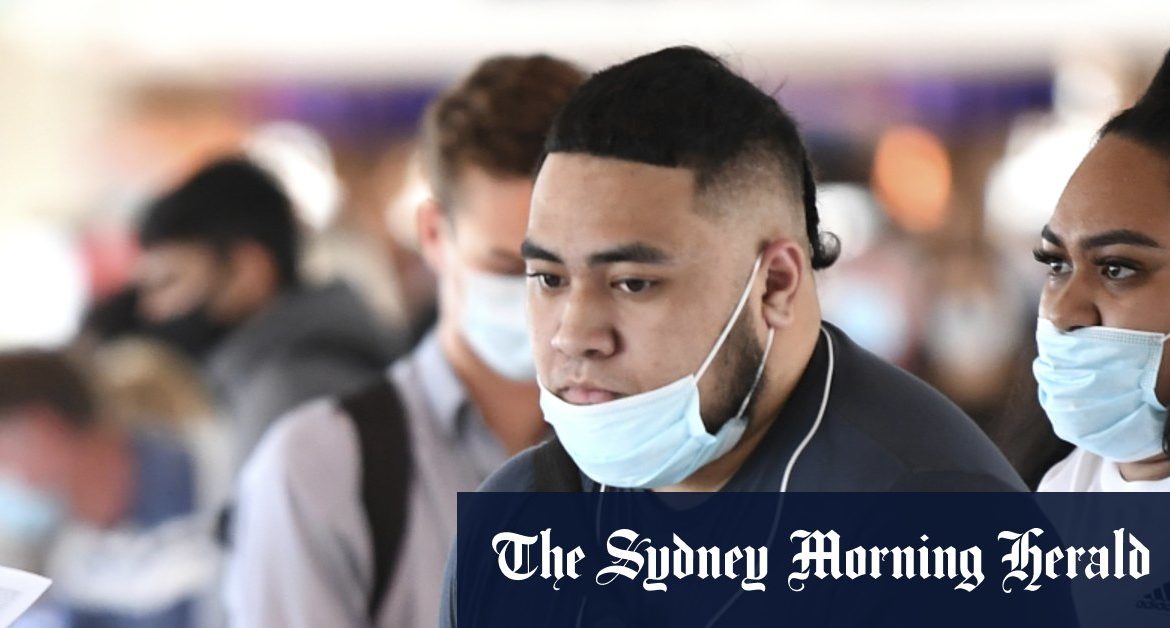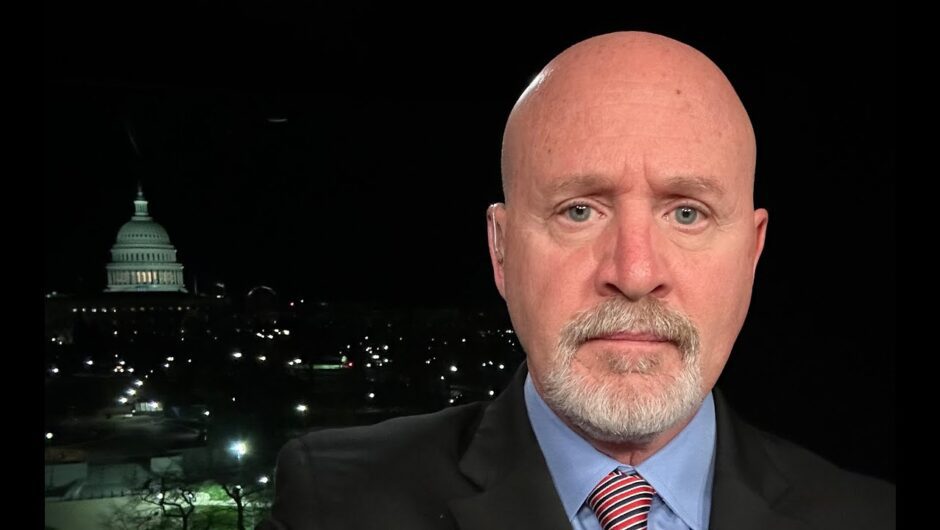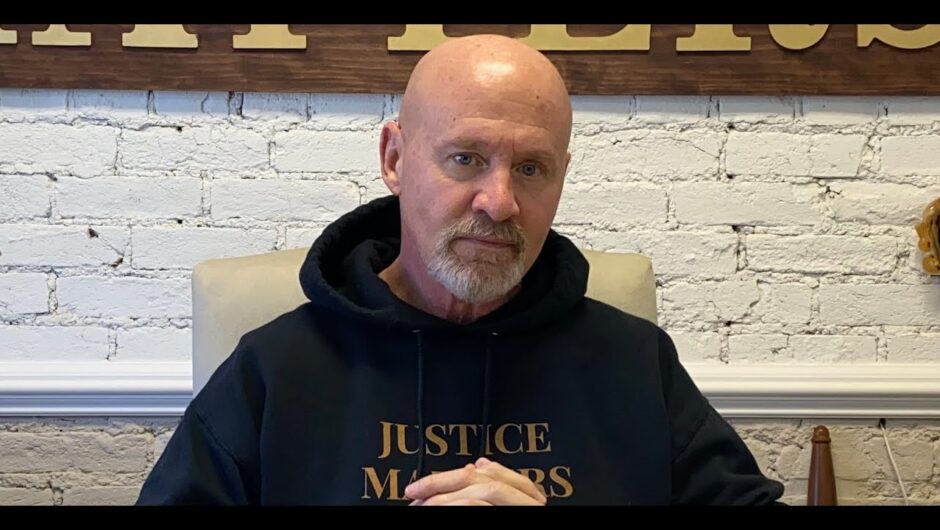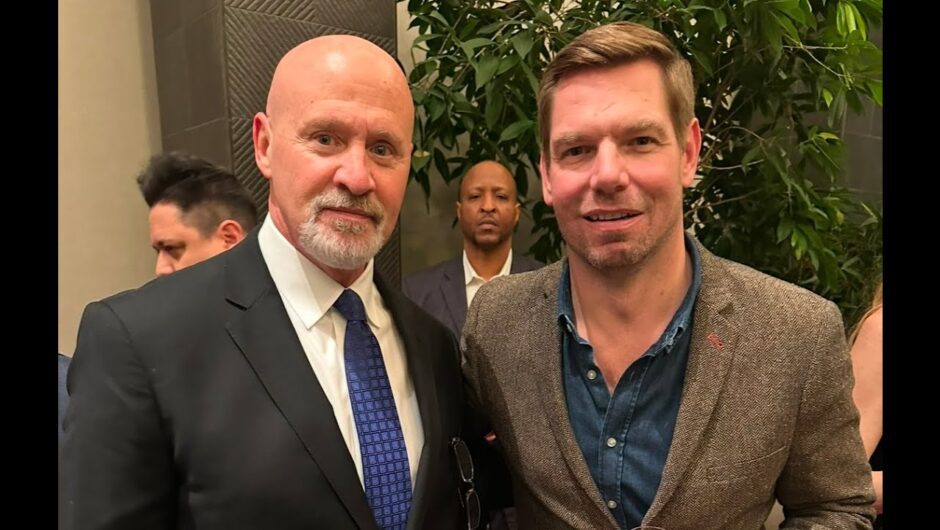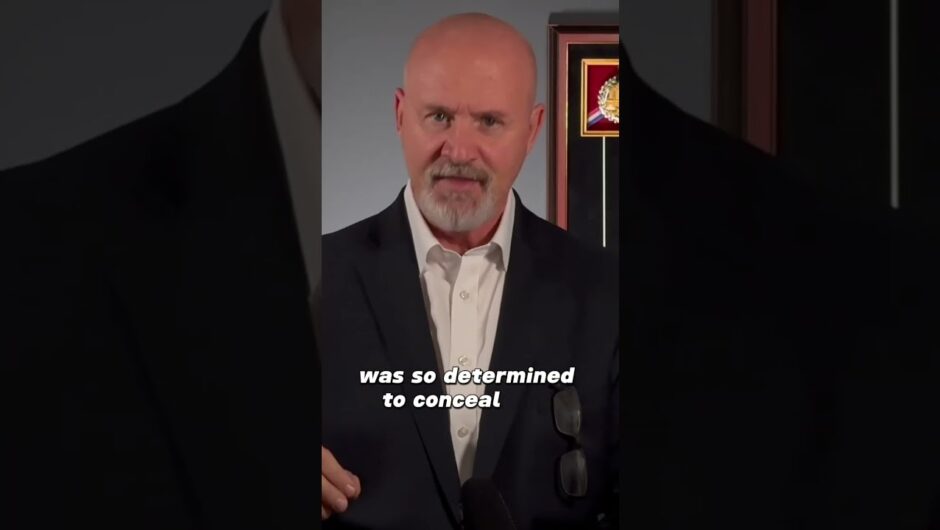The six cases under investigation were found in Canterbury-Bankstown, Cumberland, Northern Beaches and Blacktown and reported on January 1, 5, 7, 10 and 15.
There are 35 local government areas across greater Sydney which Queensland has defined as a hotspot, meaning a place “where health officials have found a lot of people with COVID-19, or places that are at risk of a lot of COVID-19 infections”.
Queensland Chief Health Officer Jeannette Young will decide whether to remove any local government areas from the hotspot list when she reviews the situation in NSW on Thursday.
Incoming passengers are screened by police as they arrive at the domestic terminal at Brisbane Airport.Credit:Dan Peled
Victoria has relaxed travel restrictions for people in NSW with only one local government area, Cumberland home to the Berala cluster, remaining a red zone.
NSW Health Minister Brad Hazzard said the Queensland border should also open up to the rest of NSW.
“We are strongly of the view in New South Wales that borders should stay open, so hopefully the Queensland Premier will consider the long period now since community transmission,” he told Seven’s Sunrise.
“Families are separated at the moment, yes, there are business elements, but what I feel particularly strong about is the fact that families on one side of the border can’t see their families on the other.
“We are one Australia. With Australia Day upon us, it is a good idea to actually think about that.”
Monday marked 10 days since the last unlinked case was detected in NSW while Queensland has not had a mystery case since an outbreak at a youth detention centre in August.
Cases continue to trickle into both states from overseas. On Monday, two returned travellers tested positive in hotel quarantine in Queensland and three in NSW.
Queensland’s last locally acquired case was reported on January 11 and linked back to the Hotel Grand Chancellor while the last NSW case was recorded on January 16.
Queensland has traditionally held a once-a-month border review in the final days of each month.
Premier Annastacia Palaszczuk’s office would not confirm whether border decisions would be made at the end of February if restrictions were not eased on Thursday.
“The Premier does not like to deal in hypotheticals,” Ms Palaszczuk’s office said.
If the state sticks with its end-of-the-month review, which the Premier has previously defended, it could mean Sydneysiders stay locked out of Queensland until March.
The decision on whether to revoke greater Sydney’s hotspot status will depend on factors including testing rates, the location of infections, the general movement of people, and wastewater testing results.
Virus fragments were detected at two Sydney sewage treatment plants on Sunday and NSW testing rates remain below daily targets.
There were 8689 tests reported on Monday, compared with the Sunday total of 11,344.
“Low testing numbers remain a concern,” NSW Health said in a statement.
“High testing rates are essential to give us confidence that no cases are going undetected in the community.”
– With Mary Ward
Lydia Lynch is Queensland political reporter for the Brisbane Times
Most Viewed in Politics
Loading

